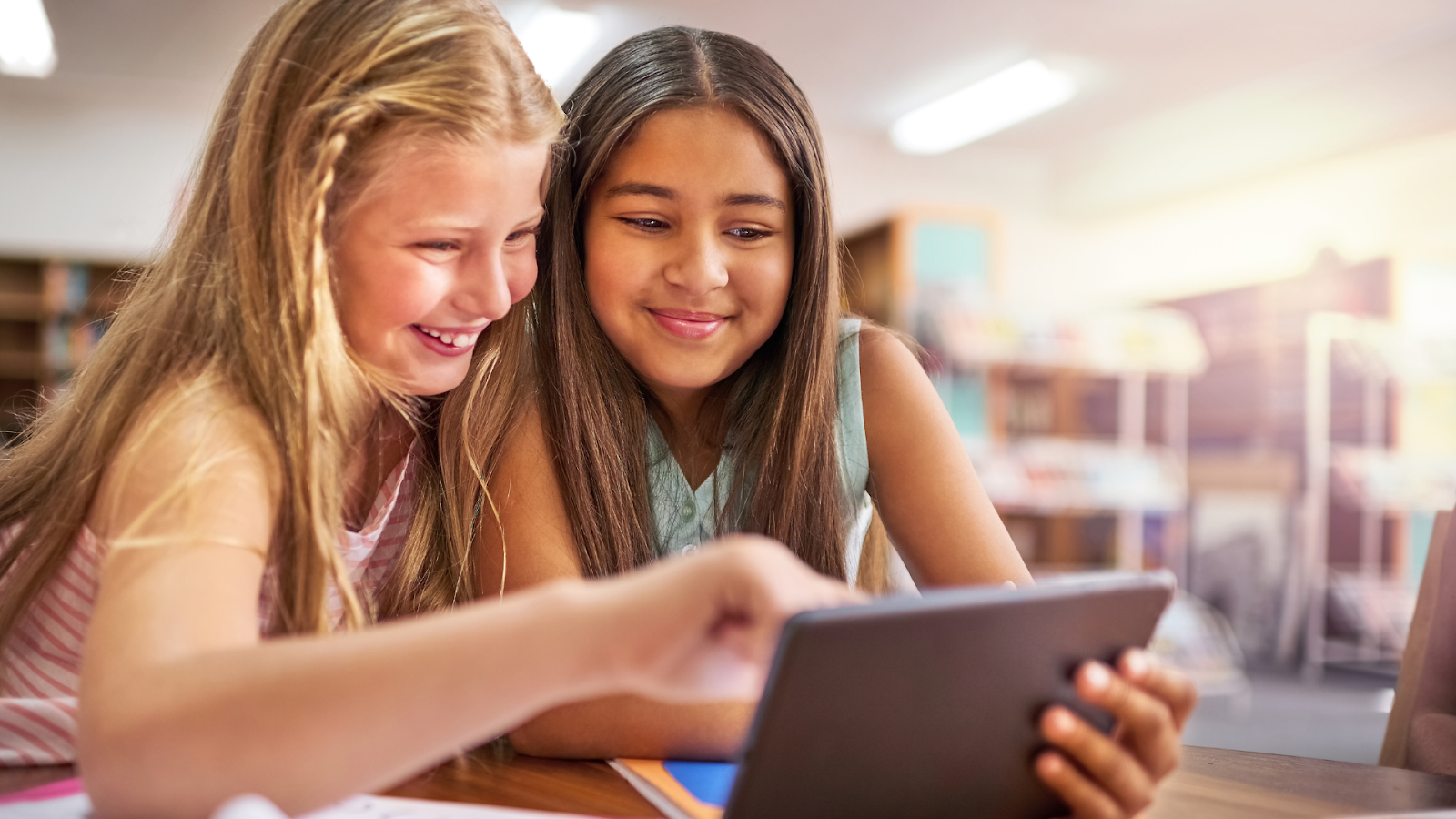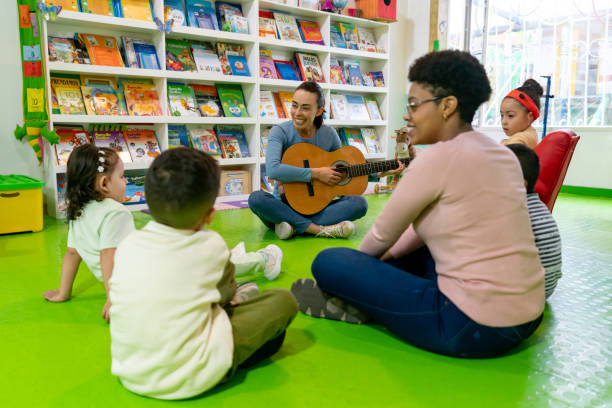Modern classrooms are experiencing a digital revolution that’s reshaping how students learn and connect with their education. The shift toward technology in schools isn’t just about having computers in every classroom anymore; it’s about creating meaningful connections that enhance learning outcomes. According to recent research, 76% of students say that technology makes learning more engaging.
This statistic reveals something powerful: when we get connectivity right, we don’t just improve technical access, we transform how students feel about learning itself.
The challenge isn’t whether schools should embrace digital tools, but rather how they can implement smarter connectivity solutions that truly support every learner’s journey.
The Foundation of Modern Learning
Today’s educational environment demands robust infrastructure that goes far beyond traditional networking approaches. Smarter connectivity serves as the backbone for everything from basic internet access to advanced digital learning solutions that can transform entire educational experiences.
Building Digital Infrastructure
The United States leads many global initiatives in educational technology, with schools across the country investing heavily in connectivity improvements. Students traveling for educational programs, study abroad experiences, or academic competitions often need reliable internet access wherever they go.
In these cases, using the best esim usa allows them to stay connected without the need for swapping physical SIM cards or relying on spotty Wi-Fi. These digital SIMs offer the flexibility to switch networks quickly, helping ensure that learning doesn’t pause due to connectivity issues when students are on the move.
Connecting Every Student
Enhancing education requires addressing connectivity gaps that prevent some students from fully participating in digital learning environments. Rural schools, urban districts with outdated systems, and institutions serving economically disadvantaged communities often struggle with inadequate internet speeds and unreliable connections.
Modern solutions focus on creating redundant systems that ensure continuous access. This includes backup internet providers, mobile hotspot lending programs, and partnerships with telecommunications companies to expand coverage areas.
Beyond Basic Internet Access
True smarter connectivity encompasses device compatibility, software accessibility, and user support systems. Students need connections that work seamlessly across tablets, laptops, smartphones, and emerging technologies like virtual reality headsets.
The infrastructure must also support various learning management systems, video conferencing platforms, and collaborative tools that have become essential for modern education. This creates a foundation where students experiences can flourish through technology rather than being hindered by technical limitations.
Transforming Classroom Dynamics
Technology in schools has evolved from simple computer labs to integrated learning environments where digital tools enhance every aspect of education. This transformation depends entirely on having connectivity solutions that support dynamic, interactive learning methods.
Interactive Learning Platforms
Modern digital learning solutions enable students to engage with content in ways that weren’t possible just a few years ago. Virtual science labs allow students to conduct experiments safely, while interactive history timelines let them explore different time periods immersively.
These platforms require stable, high-speed connections to function properly. Students working on collaborative projects need simultaneous access to shared documents, video resources, and communication tools without experiencing delays or disconnections that disrupt their learning flow.
Real-Time Collaboration Tools
Student experiences improve dramatically when they can collaborate effectively with classmates, whether they’re in the same room or connecting from different locations. Modern classrooms use tools that enable instant sharing of ideas, group problem-solving, and peer feedback.
Cloud-based collaboration platforms, shared digital whiteboards, and multi-user applications create learning environments where students can work together naturally. However, these tools only function effectively when supported by robust connectivity that can handle multiple simultaneous users.
Personalized Education Pathways
Enhancing education through personalized learning requires systems that can adapt to individual student needs in real-time. Adaptive learning platforms analyze student performance data and adjust content difficulty, pacing, and presentation methods accordingly.
These sophisticated systems depend on continuous data exchange between student devices and cloud-based analytics platforms. Without reliable connectivity, personalized learning becomes impossible, and students lose access to tools that could significantly improve their educational outcomes.
Overcoming Connectivity Challenges
Despite advances in technology in schools, many institutions still face significant barriers to implementing effective digital learning solutions. Understanding and addressing these challenges is crucial for improving student experiences across all educational settings.
Addressing the Digital Divide
The digital divide affects students differently depending on their geographic location, socioeconomic status, and family circumstances. Some students have high-speed internet and multiple devices at home, while others struggle with limited connectivity and shared resources.
Schools are implementing various strategies to bridge these gaps, including device lending programs, community Wi-Fi initiatives, and partnerships with local businesses to provide internet access points. These efforts require significant coordination and ongoing funding to maintain effectiveness.
Mobile Solutions for Learning
Smarter connectivity often involves mobile solutions that can reach students wherever they are. Mobile hotspot programs, cellular-enabled devices, and partnerships with wireless carriers help extend internet access beyond traditional school boundaries.
These solutions prove particularly valuable for students who lack reliable home internet connections. By providing mobile connectivity options, schools can ensure that student experiences remain consistent regardless of location or circumstances.
Emergency Backup Systems
Recent events have highlighted the importance of having backup connectivity systems that can maintain educational continuity during disruptions. Schools need redundant internet connections, emergency communication systems, and rapid deployment capabilities for remote learning scenarios.
These backup systems must be tested regularly and updated to handle the full capacity of student and faculty users. Planning for contingencies ensures that enhancing education efforts continue even when primary systems face challenges.
Connectivity Solutions Comparison
| Solution Type | Implementation Speed | Cost | Scalability | Reliability |
| Fiber Infrastructure | Slow | High | Excellent | Excellent |
| Wireless Networks | Moderate | Medium | Good | Good |
| Mobile Hotspots | Fast | Low | Limited | Variable |
| Satellite Internet | Moderate | High | Good | Weather-dependent |
| Hybrid Systems | Slow | High | Excellent | Excellent |
Your Questions About Educational Connectivity
How to enhance the student experience?
Implement creative tech initiatives, provide online forums, embrace diversity, ask for feedback, offer training opportunities, and work closely with student organizations to create meaningful digital learning environments.
What technology do you use to enhance learning experiences?
Augmented Reality (AR) and Virtual Reality (VR) create immersive experiences where students explore historical sites, dissect virtual organisms, or visualize complex 3D concepts through interactive visuals.
How do you integrate technology to enhance learning experiences?
Use technology during instruction to engage auditory and visual learners through PowerPoints, educational games, internet assignments, and online grading systems that make meaningful differences in classroom growth.
Moving Forward with Better Connections
Smarter connectivity is no longer a luxury but a critical foundation for modern education. This blog highlights how reliable, high-speed, and adaptive connectivity solutions directly impact the quality of learning, enabling everything from virtual labs to personalized education pathways.
By addressing gaps like the digital divide and outdated infrastructure, and embracing mobile and emergency-ready solutions, schools can ensure inclusive and continuous learning. Ultimately, the key to enhancing student experiences lies in connecting them not only to digital tools but to transformative, engaging educational journeys that equip them for the future.





Leave a Reply